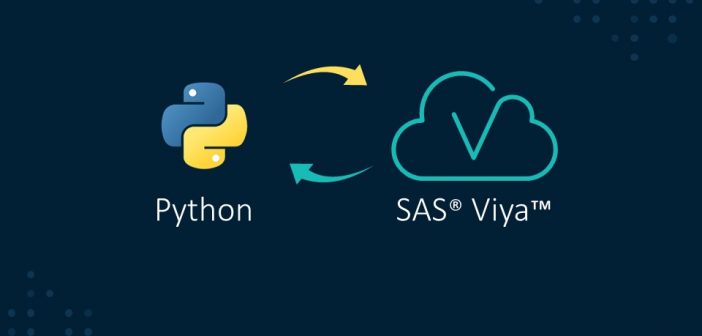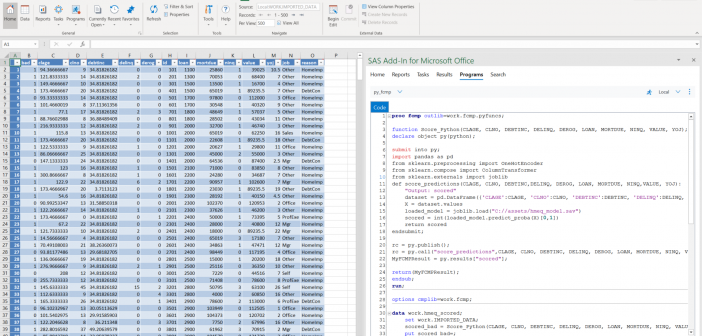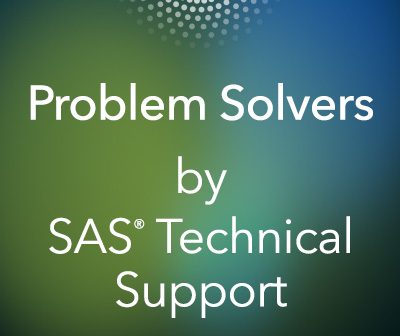Strengthen your programming skills with tips and techniques from the experts

SAS' Leonid Batkhan differentiates between SAS macro and programming languages, defines two types of SAS macros and much more.
Strengthen your programming skills with tips and techniques from the experts

SAS' Leonid Batkhan differentiates between SAS macro and programming languages, defines two types of SAS macros and much more.

Welcome to the first post for the Getting Started with Python Integration to SAS Viya series! With the popularity of the Python programming language for data analysis and SAS Viya's ability to integrate with Python, I thought, why not create tutorials for users integrating the two? To begin the series

Editor’s note: This is the third article in a series by Conor Hogan, a Solutions Architect at SAS, on SAS and database and storage options on cloud technologies. This article covers the SAS offerings available to connect to and interact with the various storage options available in Microsoft Azure. Access

Whether you like it or not, Microsoft Excel is still a big hit in the data analysis world. From small to big customers, we still see fit for daily routines such as filtering, generating plots, calculating items on ad-hoc analysis or even running statistical models. Whenever I talk to customers,

Martin Mincey of SAS Technical Support shows you how to debug when listing registered SAS fonts, registering new fonts, getting SAS SG procedures to use a new font and more.

At SAS Press, we agree with the saying “The best things in life are free.” And one of the best things in life is knowledge. That’s why we offer free e-books to help you learn SAS or improve your skills. In this blog post, we will introduce you to one

As a long-time SAS 9 programmer, I typically accomplish my data preparation tasks through some combination of the DATA Step, Proc SQL, Proc Transpose and some housekeeping procs like Proc Contents and Proc Datasets. With the introduction of SAS Viya, SAS released a new scripting language called CASL – a

SAS' Leonid Batkhan shows you how to automate creation of SAS variable labels so tables and reports are easier to read.

If you have been using SAS for long, you have probably noticed that there is generally more than one way to do anything. (For an example, see my co-author Lora Delwiche’s blog about PROC SQL.) The Little SAS Book has long covered reading and writing Microsoft Excel files with the

Have you heard that SAS offers a collection of new, high-performance CAS procedures that are compatible with a multi-threaded approach? The free e-book Exploring SAS® Viya®: Data Mining and Machine Learning is a great resource to learn more about these procedures and the features of SAS® Visual Data Mining and